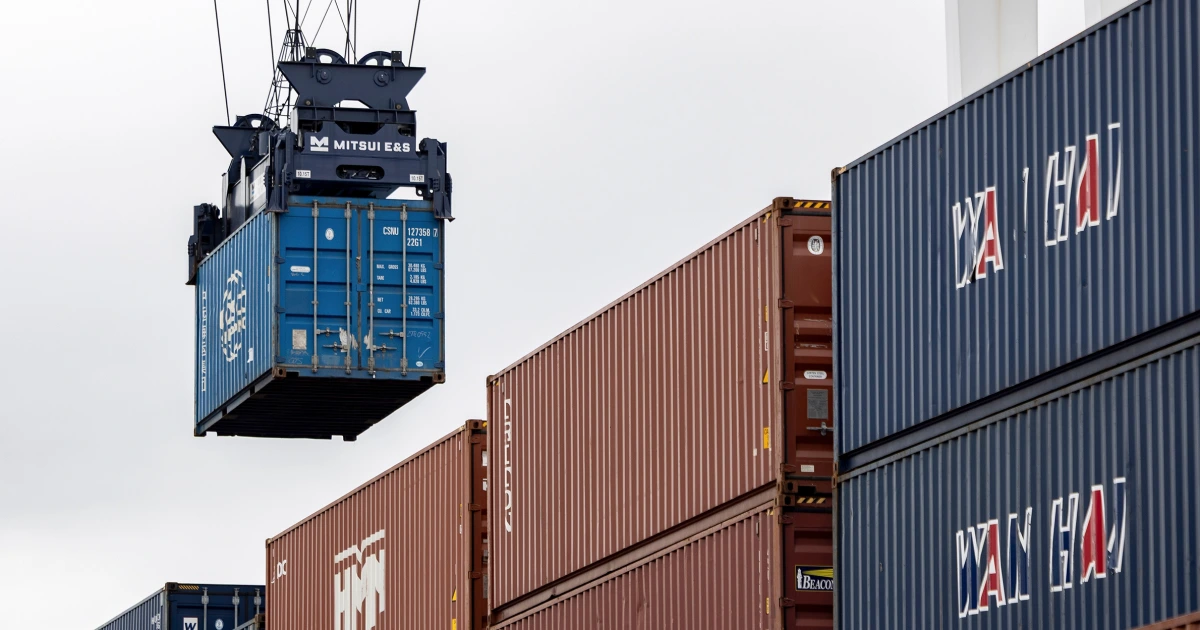Tariffs are nothing new. Countries have used them for centuries to protect their domestic industries from foreign competition and raise revenue to fund their governments. But that began to change in the late 1990s, with the creation of the World Trade Organization and efforts by Western nations to open up trade. The goal was to lower costs on everyday goods for their people while ostensibly promoting development for less-well-off nations.
But now, Trump is seeking to turn back the clock. He has proposed imposing tariffs that are steeper and more widespread than those imposed by any other president in modern American history — potentially even broader than the 1930 Smoot-Hawley tariffs, which historians have said worsened the Great Depression.
Why Trump says he is putting tariffs in place
Trump and his top officials have given a variety of reasons and mixed messages for their plans to ratchet up the tariffs charged on goods coming into the country.
In Trump’s early weeks in office, he said he was using tariffs on Canada, Mexico and China to punish them for not doing more to stop the flow of fentanyl into the United States. Trump has also used tariffs as a negotiating tool to get concessions out of countries, like threatening Colombia with a tariff if it didn’t accept deportation flights of its citizens.
Trump has said the most recent tariffs are a form of retaliation against countries that put their own tariffs on U.S. goods. He has said the so-called retaliatory tariffs will give companies incentives to move manufacturing to the United States by punishing companies that produce their products overseas. He has also said tariffs are a way to raise revenue for the federal government and suggested tariffs could replace income taxes.
“I think it’s going to be something that’s going to bring a lot of wealth back to our country,” Trump said Monday.
How tariffs could affect prices
Tariffs raise the cost of doing business outside the United States. Yet even firms that manufacture in the United States can be affected, since many rely on foreign parts and materials as intermediate goods.
Whether consumers ultimately feel the impact of those higher costs can vary by industry and product.
Lots of negotiation occurs among a U.S. importer, an overseas producer and any middlemen before a tariff is collected, said Craig Fuller, CEO of FreightWaves, a supply-chain consultancy.
Some companies, including Target, Best Buy and Hyundai, have said they would pass some of the higher costs of the tariffs along to their customers. Walmart, meanwhile, has sought to pressure its Chinese suppliers to lower their costs in anticipation of the tariffs — and has been met with resistance.
Other companies, especially luxury-goods sellers, charge enormous markups on goods they import into the United States and may ultimately decide they can live with hits to already-high profit margins, Fuller said. Other firms that enjoy large market shares will also decide whether they will absorb higher costs to maintain their dominant positions.
Even for companies that absorb the cost of the tariffs and don’t raise prices, there will still be a cost. Those companies will have less money to invest in growing their businesses, which can have a negative impact on the labor market if it leads to laying off workers or not adding jobs.
Trump has downplayed any impact tariffs would have on prices. Asked about foreign automakers’ raising the price of their vehicles after he announced a 25% tariff on auto imports, Trump said: “I couldn’t care less. I hope they raise their prices, because if they do, people are going to buy American-made cars. We have plenty.”
What tariffs could mean for jobs
Trump administration officials have argued that the higher costs from tariffs are worth it for the increase in manufacturing jobs that would be created over the long-term.
“I’m less concerned about the short term,” Treasury Secretary Scott Bessent told reporters last month. “We’ve got strategic industries that we’ve got to have. We want to protect the American worker, and a lot of these trade deals haven’t been fair.”
Since Trump took office, several companies have said they will increase their manufacturing in the United States, though some of those plans were already underway before Trump was elected and others will take years to come to fruition.
But while tariffs could increase U.S. manufacturing for certain products, the jobs that are created could be offset by jobs lost in other areas that faced higher costs from the tariffs — which happened during Trump’s first term, according to a study by the Federal Reserve.
Bringing manufacturing to the United States can also increase the cost of production, because labor, regulatory and building costs are higher in the United States, which in turn could raise the prices of end products for consumers. If companies do bring production to the United States, the number of jobs could also be limited because manufacturing has become more automated. Auto plants or steel mills that once employed tens of thousands of workers now employ just several thousand.
Building manufacturing plants in the United States could get even more expensive as a result of the tariffs, because it would cost more to import the building materials, parts and equipment needed for the plants.
It could be nearly impossible to make other products, like shoes or T-shirts, in the United States at competitive prices because the United States doesn’t have the available labor or supply chains to make them on a large scale.
